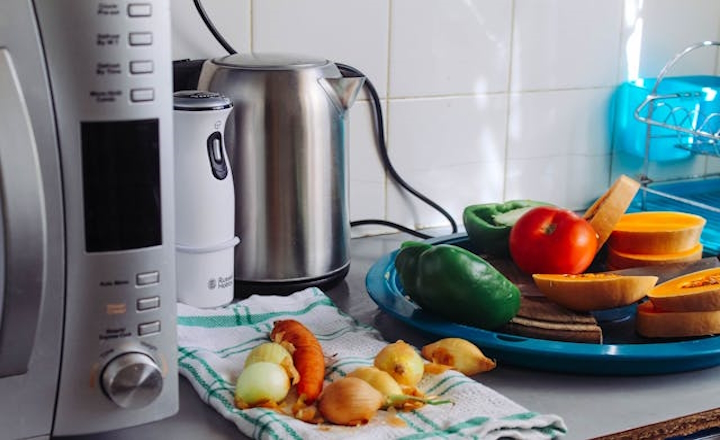
We all rely on household machines every single day. Washing machines, fridges, kettles, and coffee makers keep life running smoothly—until something breaks down. The good news? Many of the small problems that pop up don’t actually need a repair service. With a few simple DIY fixes, you can get things working again in no time.
Looking after your appliances doesn’t just save money on repairs—it helps them last longer and run better. A little care goes a long way toward keeping your home stress-free and your machines in top shape.
Show Your Washing Machine Some Love
The washing machine is one of the hardest-working appliances in any household. Over time, soap residue, lint, and minerals can build up, reducing efficiency. Running an empty hot cycle with vinegar once a month helps dissolve buildup and keeps your machine smelling fresh. Cleaning the lint trap and checking hoses for leaks also prevents bigger issues down the line.
If your machine vibrates excessively, the problem may be uneven loads or worn-out stabilisers. Rebalancing the machine or tightening its feet often helps. Regular cleaning of detergent drawers and filters can also keep water flowing smoothly.
Keep Your Refrigerator Running Smoothly
A fridge that isn’t cooling well doesn’t always mean it’s time for a replacement. Dust and pet hair clogging the coils are often to blame. Vacuuming the coils twice a year can dramatically improve efficiency. Checking door seals for gaps or tears is another quick DIY step—loose seals let cold air escape, forcing your fridge to work harder.
Also, don’t forget to defrost if ice builds up excessively in older models. Something as simple as maintaining a reasonable temperature setting (usually between 3–5°C) reduces strain on the compressor and prolongs the appliance’s life.
Small Kitchen Helpers: Toasters, Kettles, and Coffee Machines
Small machines often get overlooked, but they benefit just as much from regular care. Toasters can be refreshed by emptying crumb trays and gently brushing heating elements. Kettles last longer when descaled with lemon juice or vinegar to prevent mineral buildup. Coffee machines, too, need occasional deep cleaning with a descaling solution to prevent clogs and ensure your morning brew tastes fresh.
Regular cleaning not only prevents breakdowns but also improves safety, especially in appliances that generate heat.
Fix Before You Replace: Parts That Make the Difference
One of the easiest ways to extend the life of household appliances is by replacing individual parts instead of buying new machines. Modern appliances are built to last, but small components—like belts, filters, knobs, and hoses—tend to wear out faster. Swapping them out is often simple and inexpensive.
For example, a washing machine that won’t spin may just need a new drive belt or lid switch, while a dishwasher that doesn’t drain could require a fresh filter. Instead of paying for a brand-new unit, learning to identify and replace these smaller parts helps you get more value out of your appliances. If you’re ready to take a hands-on approach, you can buy washing machine parts online and find the exact components you need. With easy ordering and delivery, it’s a cost-effective way to keep your machine in top condition without waiting for a technician.
General DIY Maintenance Tips
While every machine is unique, there are universal habits that apply across the board. Keeping appliances clean, dry, and properly ventilated prevents the most common issues. Avoid overloading washers and dryers, give microwaves a quick wipe after spills, and unplug small appliances when not in use to reduce wear.
Paying attention to unusual sounds or performance changes is also key. A squeak, hum, or slowdown is often an early sign that something needs tightening, cleaning, or replacing. Acting quickly prevents minor issues from turning into costly repairs.
When to Call a Professional
Of course, not all fixes are safe or practical for a DIY approach. Anything involving gas, complex electrical systems, or refrigerants is best left to trained technicians. Attempting these repairs yourself can void warranties or pose safety risks. The key is knowing where your skills and tools are enough—and when they’re not.
A good rule of thumb: if it’s a small, accessible part, a DIY fix is often safe and worthwhile. But if the issue seems major, don’t hesitate to bring in a professional.
Final Thoughts
Taking care of household machines doesn’t have to be complicated. With regular cleaning, attention to detail, and a willingness to replace small parts, you can dramatically improve their performance and extend their lifespan. Not only does this save money, but it also reduces waste and supports a more sustainable lifestyle.
| < Prev | Next > |
|---|




